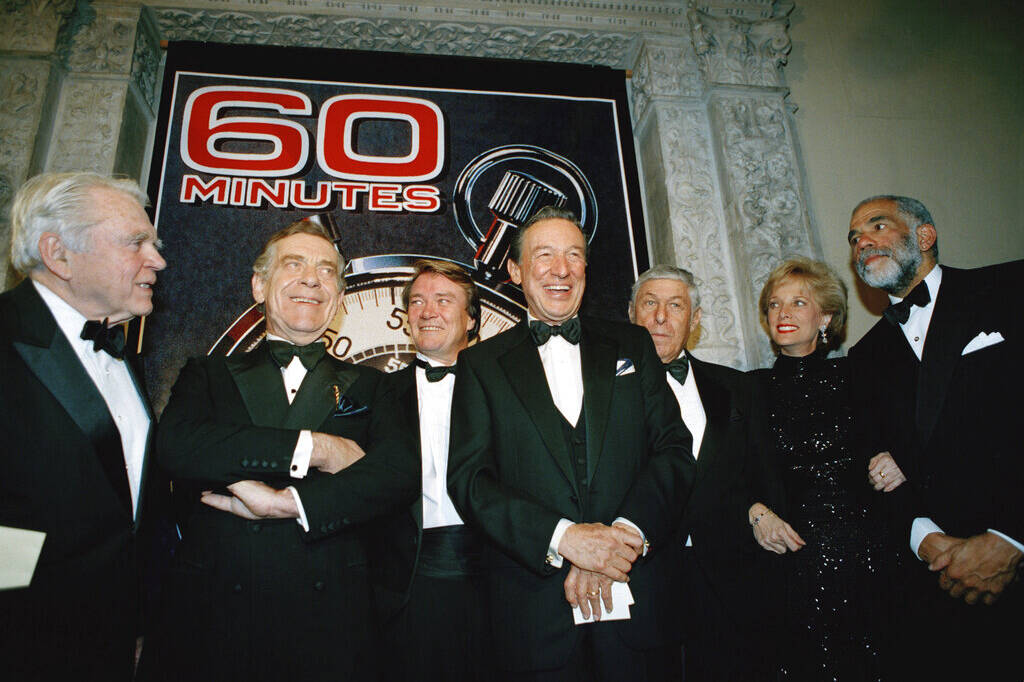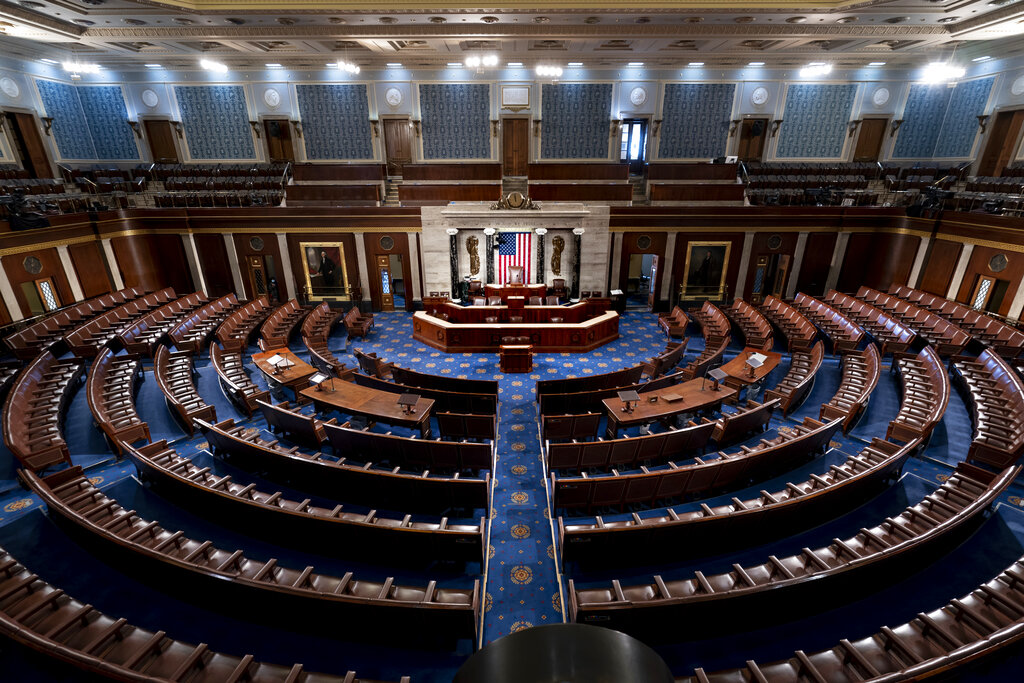The latest agreement includes major investment pledges, 15% tariffs, and a shipbuilding push
On the heels of two major trade deals with Japan and the European Union, President Trump has announced yet another major agreement, this time with South Korea.
The sweeping trade deal, announced just hours before President Trump’s August 1st deadline, resets tariff rates, secures billions in American-bound investments, and ends weeks of economic uncertainty for one of America’s top trading partners.
The South Korea deal largely follows the same formula the White House has been using in these negotiations: heavy tariff threats followed by scaled-back penalties and big investment pledges from foreign governments.
Here’s what’s in the agreement:
Tariffs
The U.S. will impose a 15% tariff on most South Korean goods. That’s down from the 25% rate President Trump had threatened – and briefly imposed in April – but still well above the pre-2025 levels, which were typically under 10%.
South Korean auto exports, previously facing a 25% tariff, will now be taxed at 15% – the same rate Japan and the EU secured in their deals. Tariffs on South Korean steel, aluminum, and copper remain unchanged.
Investment
South Korea has pledged $350 billion in U.S.-based investments. President Trump has described the fund as “owned and controlled by the United States, and selected by myself.”
Of the $350 billion:
- $150 billion will go toward shipbuilding cooperation, including new shipyards, worker training, and rebuilding domestic capacity
- The remaining $200 billion will be focused on semiconductors, energy, biotechnology, and other high-tech sectors
South Korean officials say some of this funding includes existing plans from companies like Samsung and Hyundai. U.S. Commerce Secretary Howard Lutnick said 90% of the fund’s profits would benefit the American people, though specifics remain unclear.
Energy
South Korea agreed to purchase $100 billion worth of U.S. energy over the next 3.5 years. That includes natural gas, crude oil, and a small amount of coal. South Korean officials said the shift would mostly replace existing Middle East imports.
Market access and agriculture
Despite public statements from President Trump, South Korea did not agree to further open its markets for U.S. beef or rice. The government called those areas a “red line,” citing food security and political sensitivity. South Korea remains the largest overseas buyer of U.S. beef, but still bans imports of cattle over 30 months old.
Why it matters
South Korea’s economy is heavily export-dependent, with exports accounting for 44% of GDP in 2023. So the country had little leverage once the U.S. began imposing 25% tariffs earlier this year.
In 2024, the U.S. ran a $66 billion trade deficit with South Korea, nearly four times higher than when President Trump renegotiated the U.S.-Korea Free Trade Agreement in 2018.
Auto companies like Hyundai had already seen profits fall double digits under the 25% tariff, and Seoul was under pressure to cut a deal after Japan secured its own tariff reduction in mid-July.
What’s next
South Korean President Lee Jae Myung is set to visit Washington in the coming weeks for additional announcements. U.S. officials say negotiations over digital regulation and defense cost-sharing are ongoing but were left out of this agreement.
The South Korea deal may not be as large as the EU’s or Japan’s, but it adds to a growing list of nations moving quickly to avoid the full brunt of the Trump administration’s trade penalties. With the clock ticking toward August 1, countries like India, Malaysia, and Taiwan remain without deals, and face 25% tariffs unless they follow suit.
Related
Peyton Lofton
Peyton Lofton is Senior Policy Analyst at No Labels and has spent his career writing for the common sense majority. His work has appeared in the Washington Examiner, RealClearPolicy, and the South Florida Sun Sentinel. Peyton holds a degree in political science from Tulane University.




